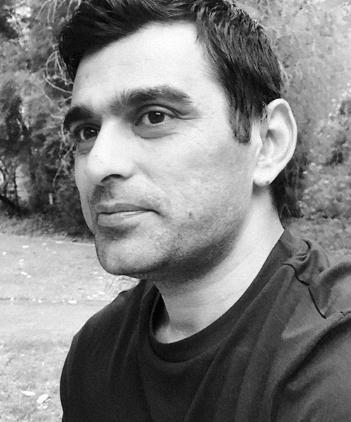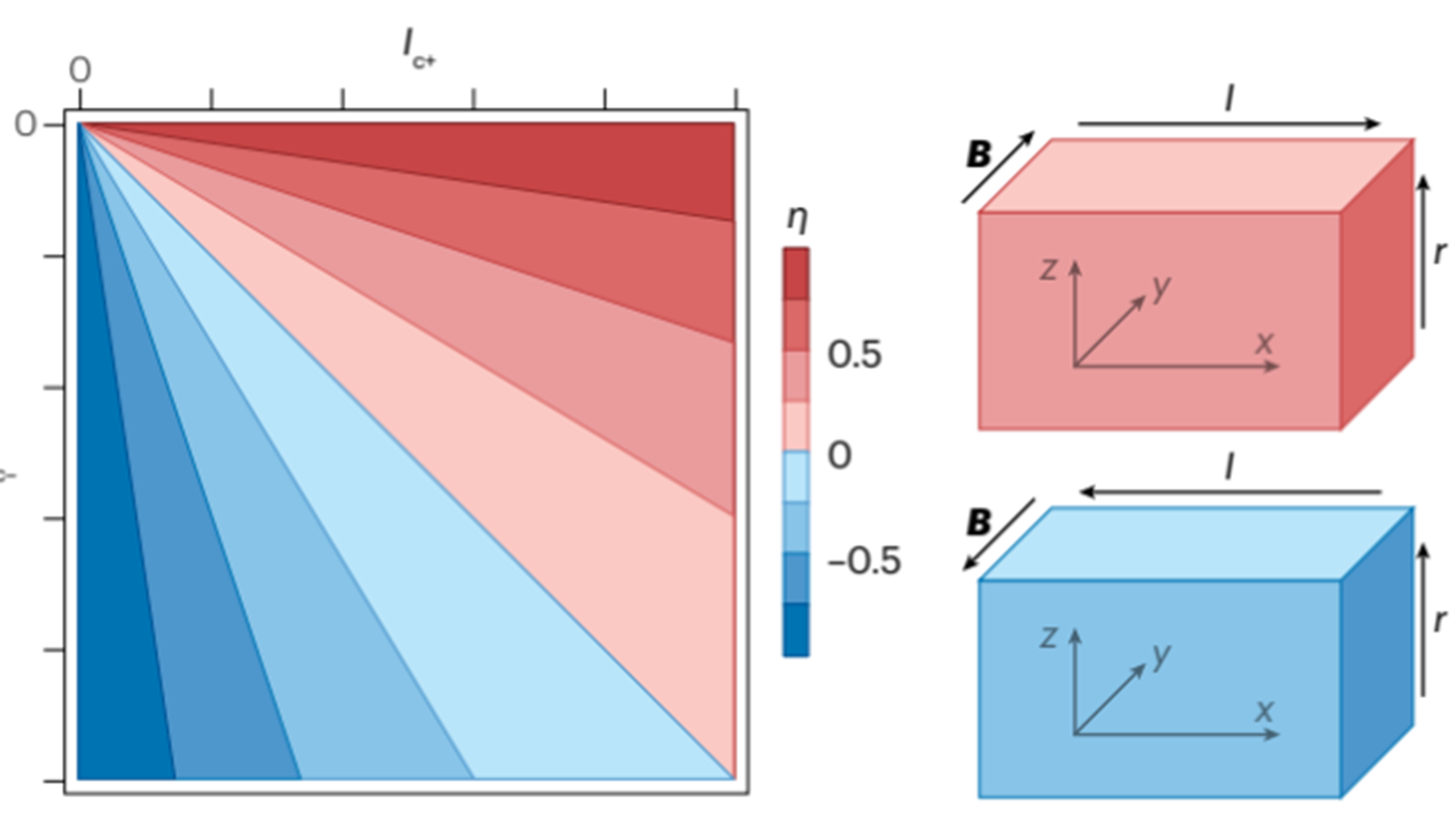October 17, 2023
Study examines the superconducting diode effect
Phenomena provides new functionalities for superconducting circuits and future ultra-low energy superconducting and hybrid devices
A team of University of Wollongong (UOW) and Monash University researchers from the ARC Centre of Excellence in Future Low-Energy Electronics Technologies (FLEET) have reviewed the superconducting diode effect, one of the most fascinating phenomena recently discovered in quantum condensed-matter physics.
The study, ‘The superconducting diode effect’, was published in Nature Reviews Physics in September.
FLEET is a collaboration of over a hundred researchers, seeking to develop ultra-low energy electronics to face the challenge of energy use in computation, which already consumes 8 per cent of global electricity, and is doubling each decade.
A superconducting diode enables dissipationless supercurrent to flow in only one direction and provides new functionalities for superconducting circuits.
This non-dissipative circuit element is key to future ultra-low energy superconducting and semiconducting-superconducting hybrid quantum devices, with potential for quantum technologies in both classical and quantum computing.
Superconductors and diode effects
A superconductor is characterised by zero resistivity and perfect diamagnetic behavior, which leads to dissipationless transport and magnetic levitation.
Unlike conventional semiconductors and normal conductors, electrons in superconductors constitute pairs, known as Cooper pairs, and the flow of Cooper pairs is called a supercurrent.
Recently, researchers have observed nonreciprocal supercurrent transport leading to diode effects in various superconducting materials with different geometric structures and designs, including single crystals, thin films, heterostructures, nanowires, and Josephson junctions.

Lead author Dr Muhammad Nadeem from UOW’s Institute for Superconducting and Electronic Materials
The study
The FLEET research team reviewed theoretical and experimental progress in the superconducting diode effect and provided a prospective analysis of future aspects.
This study sheds light on various materials hosting superconducting diode effect, device structures, theoretical models, and symmetry requirements for different physical mechanisms leading to superconducting diode effect.
Lead author Dr Muhammad Nadeem from UOW’s Institute for Superconducting and Electronic Materials (ISEM) is a Research Fellow at FLEET.
“Unlike the conventional semiconducting diode, the efficiency of superconducting diode effect is widely tunable via extrinsic stimuli such as temperature, magnetic field, gating, device design and intrinsic quantum mechanical functionalities such as Berry phase, band topology and spin-orbit interaction,” Dr Nadeem said.
“The tunability of the SDE via multiple stimuli opens the way to many possible future device applications.”
The direction of supercurrent can be controlled either with a magnetic field or a gate electric field.
FLEET Director Professor Michael Fuhrer from Monash University said: “The gate-tunable diode functionalities in the field-effect superconducting structures could allow novel device applications for superconducting and semiconducting-superconducting hybrid technologies.”
Superconducting diode effect has been observed in a wide range of superconducting structures, made from conventional superconductors, ferroelectric superconductors, twisted few-layer graphene, van der Waals heterostructures, and helical or chiral topological superconductors. It reflects the enormous potential and wide usability of superconducting diodes, which markedly diversifies the landscape of quantum technologies, said UOW Distinguished Professor Xiaolin Wang, a FLEET Chief Investigator.

Distinguished Professor Xiaolin Wang
